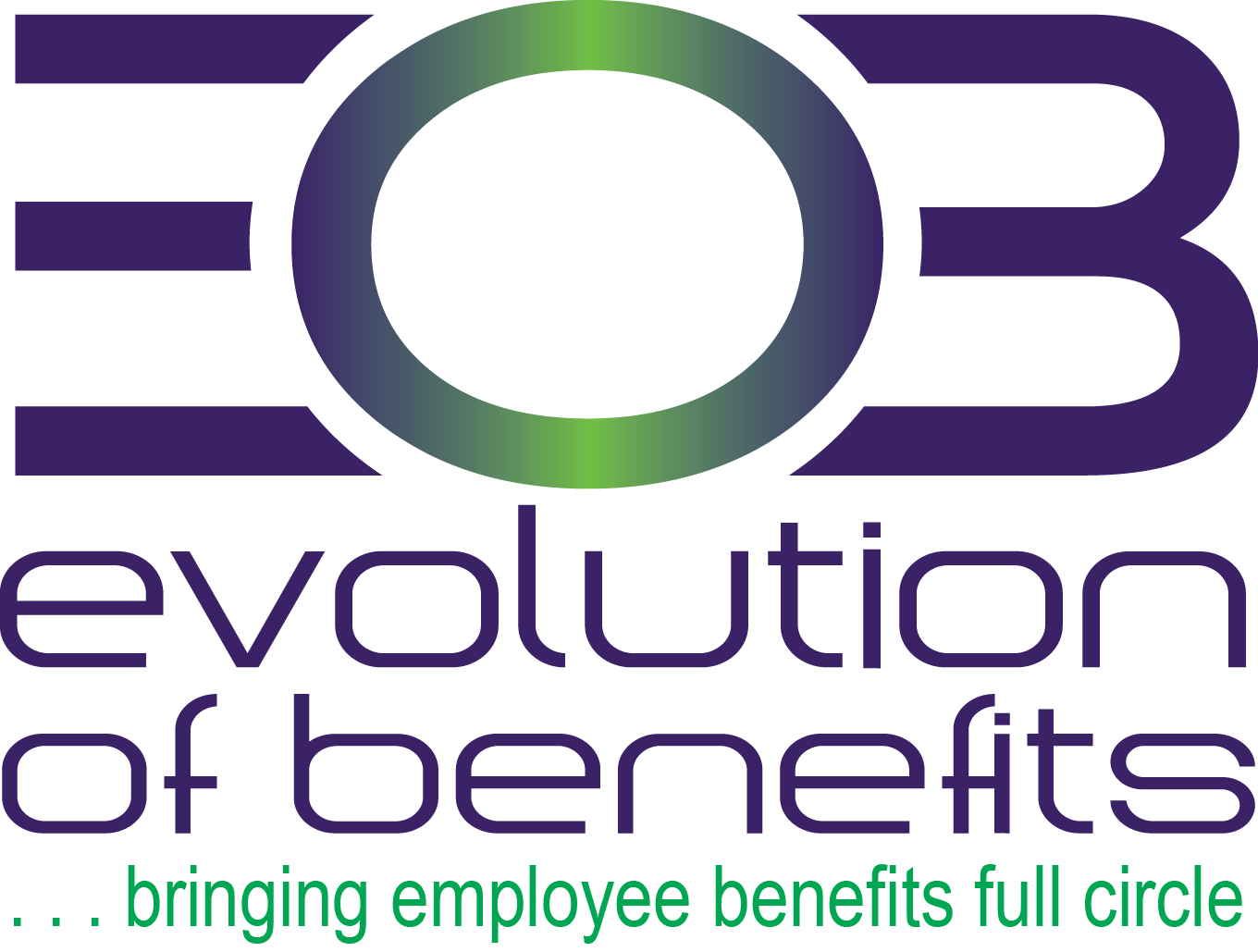Compliance Overview – Medicare Part D: Creditable Coverage Disclosure Notices Due Before Oct. 15

Employers with group health plans that provide prescription drug coverage must notify Medicare Part D eligible individuals before Oct. 15 of each year about whether the drug coverage is at least as good as the Medicare Part D coverage (in other words, whether their prescription drug coverage is “creditable”).
This notice is important because Medicare beneficiaries who are not covered by creditable prescription drug coverage and who choose not to enroll in Medicare Part D before the end of their initial enrollment period will likely pay higher premiums if they enroll in Medicare Part D at a later date. Thus, although there are no specific penalties associated with this notice requirement, failing to provide the notice may trigger adverse employee relations issues.






















